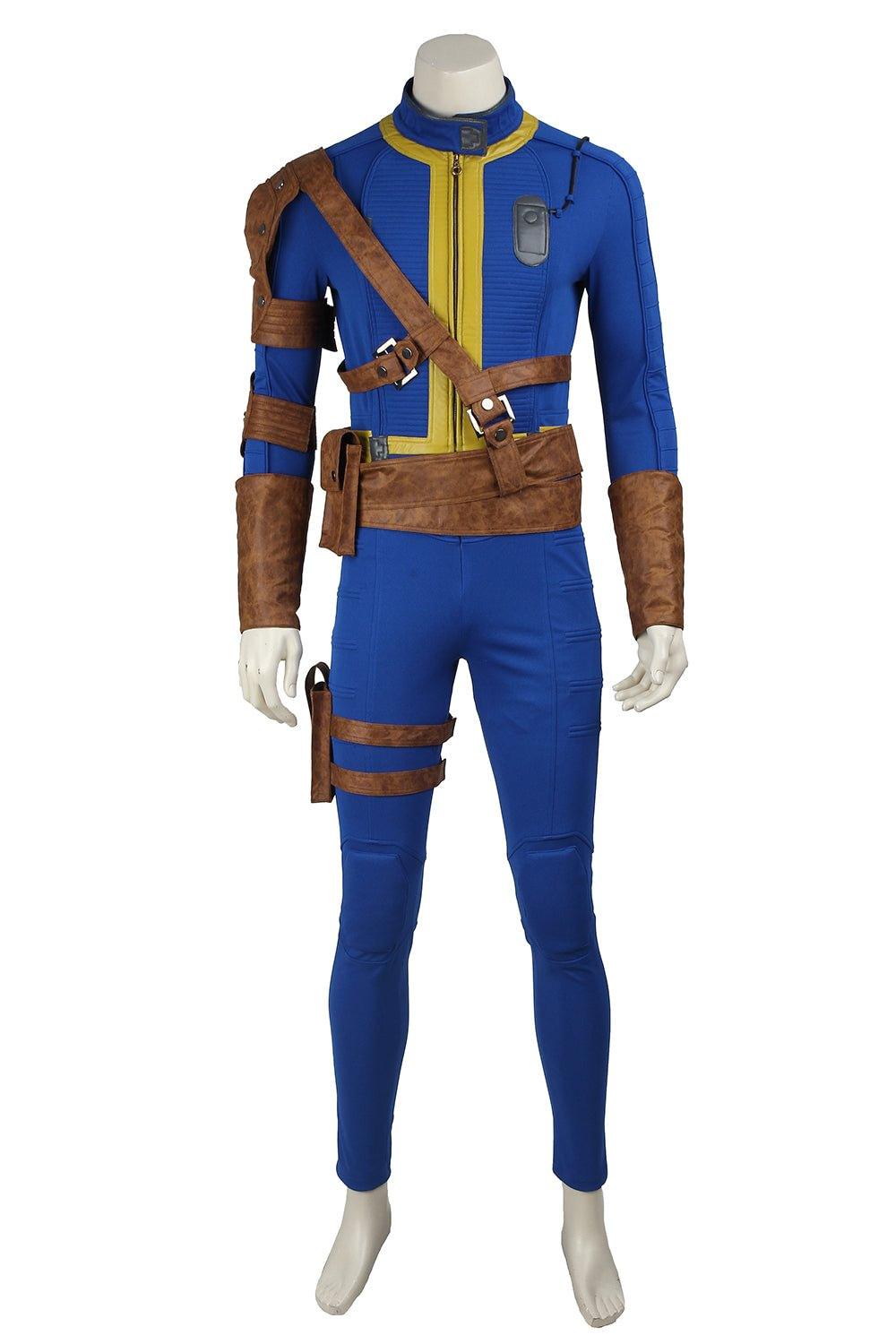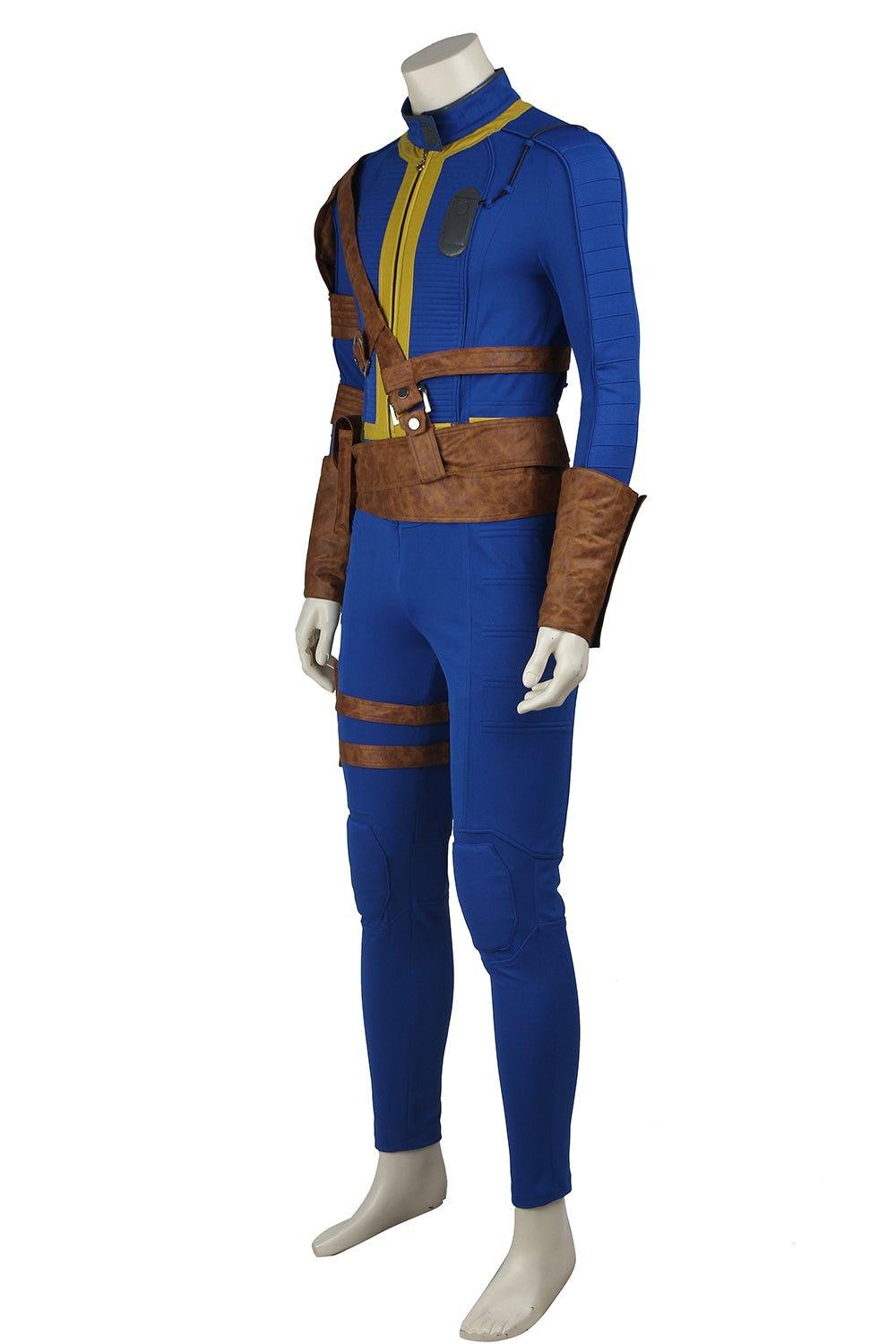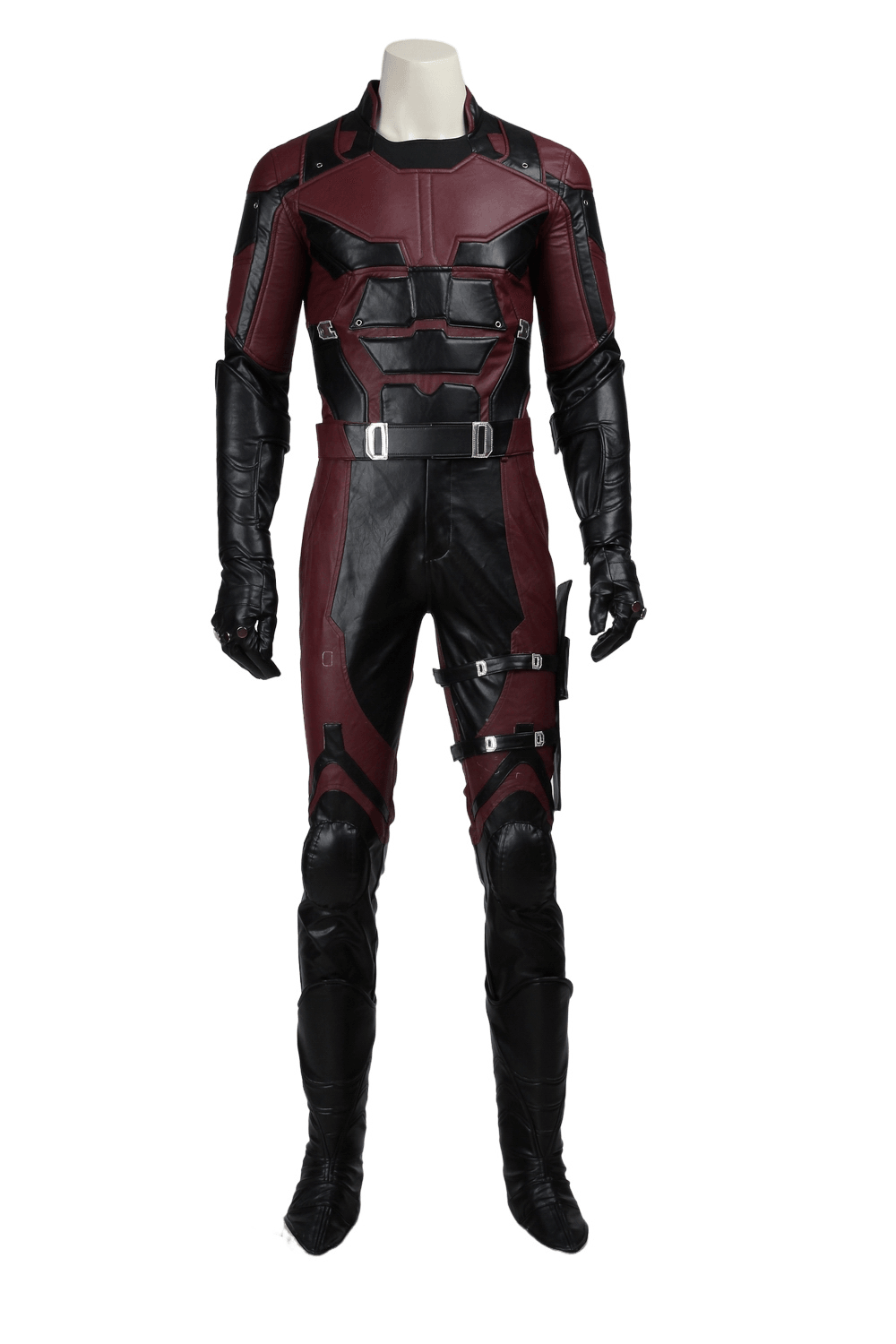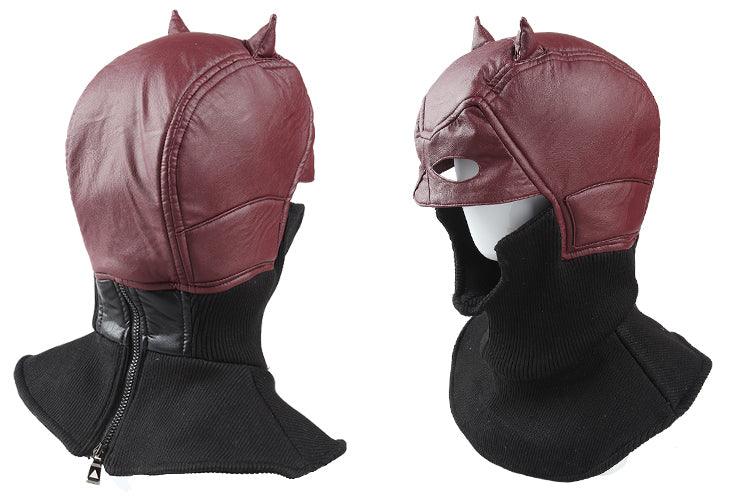Creating foam wings for cosplay can be a rewarding and creative project. This comprehensive guide will walk you through the process step-by-step, ensuring you achieve professional-looking results. The guide includes essential tips and techniques from various sources, including CrazeCosplay.com and Rank No.1.
Materials Needed
Before starting, gather the following materials:
-
Craft foam or EVA foam (5mm thickness is ideal)
-
PVC pipes (for a structured wing frame)
-
Fabric (optional, for covering the foam)
-
Elastic bands (for wearing the wings comfortably)
-
Heat gun (for shaping the foam)
-
Scissors or craft knife (for cutting foam and fabric)
-
Cutting mat (to protect your work surface)
-
Hot glue gun (for assembling parts)
-
Paint (optional, for adding details)
-
Pattern paper (for drafting your wing design)
-
Measuring tape (for accurate measurements)
-
Pencil or marker (for tracing patterns)
Step-by-Step Guide
1. Designing Your Wings
Sketch the Wings: Start by drawing a rough sketch of your wings on pattern paper. Consider the length and width that will suit your costume. Ensure both wings are symmetrical by folding the pattern paper in half and drawing one wing; when you cut it out, you'll have two identical wings.
Details: Add details like ridges and curves to make the wings look more realistic. You can find inspiration from various sources, including CrazeCosplay.com, which offers a wide range of cosplay ideas and materials.
2. Creating the Wing Frame
Materials: Use PVC pipes for a more structured wing frame. Cut the pipes to the desired length and shape them using a heat gun if necessary.
Assembly: Connect the PVC pipes using connectors to form the frame of the wings. Ensure the frame is sturdy and symmetrical.
3. Cutting and Shaping the Foam
Transfer the Pattern: Place your pattern on the foam and trace it using a pencil or marker.
Cut the Foam: Use scissors or a craft knife to cut out the wing shapes. Be precise to ensure clean edges.
Shape the Foam: Use a heat gun to shape the foam. Gently heat the foam along the ridges and curves, then bend it to create a more realistic wing shape. Hold the foam in place until it cools and retains the shape.
4. Adding Fabric (Optional)
Covering the foam wings with fabric can add texture and a polished look.
Cut the Fabric: Lay the foam wings on the fabric and trace around them, leaving an extra inch for seams.
Attach the Fabric: Use a hot glue gun to attach the fabric to the foam. Start from the center and work your way out to avoid wrinkles. Fold the extra fabric over the edges and glue it to the back of the wings.
5. Painting and Detailing
Adding paint and details can bring your wings to life.
Base Coat: Apply a base coat of paint to the wings. Black is a classic choice, but you can use any color that matches your costume.
Details: Add details like veins, shadows, and highlights using different shades of paint. Use a fine brush for precision.
Seal the Paint: Once the paint is dry, apply a clear sealer to protect the paint and give the wings a finished look.
6. Final Assembly
Attach the Wings to the Frame: Use a hot glue gun to attach the foam wings to the PVC frame. Ensure they are securely attached.
Adjust the Elastic Bands: Try on the wings and adjust the elastic bands for a comfortable fit. The wings should sit snugly on your shoulders without slipping.
Alternative Methods
If you prefer a no-sew or simpler method, there are other options available:
Feathered Wings
For angelic or bird-like wings, feathers are a classic choice.
Materials: Feathers (natural or synthetic), fabric for backing, hot glue gun or fabric glue.
Steps: Start at the bottom edge of your wing base. Glue feathers in overlapping rows, working your way up. Use smaller feathers for detail work around edges.
Fabric Wings
Fabric wings can be lightweight and allow for vibrant colors and patterns.
Materials: Lightweight fabric (chiffon, organza, etc.), fabric paint or dye, fabric glue.
Steps: Cut fabric into your desired wing shape, allowing extra for folding edges. Paint or dye the fabric if desired. Glue the fabric to your wing frame, folding edges for a clean look.
Painted Wings
For a smooth, stylized look, painting your wings can be very effective.
Materials: Acrylic paints, brushes or airbrush, sealant.
Steps: Apply a base coat to your wing structure. Add details and shading to create depth and texture. Seal the paint to protect it and add shine if desired.
Attaching Wings to Costumes
The method of attaching your wings will depend on their size and weight. Here are some common techniques:
Straps and Harnesses
For lighter wings, simple straps can work well.
Materials: Elastic straps or webbing, buckles or Velcro, sturdy thread and needle or sewing machine.
Steps: Measure and cut straps to fit the wearer. Attach straps to the inner edge of each wing. Add buckles or Velcro for adjustability.
Backpack Method
For heavier wings, integrating them into a backpack provides better support.
Materials: Sturdy backpack, bolts, nuts, and washers, power drill.
Steps: Reinforce the area of the backpack where wings will attach. Drill holes through the backpack and wing base. Secure wings to the backpack using bolts, washers, and nuts.
Harness Method
A harness provides a stable and comfortable way to attach wings, especially for larger or heavier designs.
Materials: PVC pipes or metal rods, harness or corset, bolts, nuts, and washers, power drill.
Steps: Create a frame using PVC pipes or metal rods. Attach the frame to a harness or corset. Secure the wings to the frame using bolts, nuts, and washers.
Advanced Wing Construction Techniques
Articulated Wings
For wings that can open and close, you’ll need a more complex mechanism.
Materials: Hinges, springs, wire or cables, control mechanism (e.g., pulleys or servos).
Steps: Attach hinges to the wing joints. Connect springs to assist with movement. Use wire or cables to control the wings, attaching them to a control mechanism.
Special Considerations
Lightweight Materials: When choosing materials, always opt for lightweight options to reduce strain on the wearer. Consider using foam sheets instead of heavier woods, aluminum wire instead of steel, and synthetic feathers instead of real ones for large areas.
Comfort and Stability: Ensure that your attachment method is comfortable and stable. This may involve adding padding or adjusting the fit of straps and harnesses.
Detachable Wings: For convenience, make your wings detachable. This allows for easier transport and wear. Use quick-release mechanisms like Velcro or clips.
Case Study: CrazeCosplay's Approach
CrazeCosplay provides a detailed guide on making and attaching costume wings. They emphasize the importance of planning and selecting the right materials. Here are some key points from their method:
-
Feathered Wings: Use natural or synthetic feathers and fabric for backing. Glue feathers in overlapping rows for a realistic look.
-
Fabric Wings: Choose lightweight fabrics like chiffon or organza. Paint or dye the fabric and glue it to the wing frame.
-
Backpack Method: For heavier wings, attach them to a reinforced backpack using bolts and washers.
Tips for Successful Wing Attachment
-
Start Early: Give yourself plenty of time to gather materials and put your wings together.
-
Use What You Have: Look through your supplies before buying new items.
-
Thrift Stores: Find unique pieces at low prices.
-
Comfort is Key: Ensure you can move, sit, and use the restroom in your costume.
-
Weather-Proof: Adapt your costume to the forecast.
-
Test Your Costume: Try everything on before the big event to work out any issues.
-
Backup Plan: Keep a simple alternative costume on hand in case of problems.
Conclusion
Creating foam wings for cosplay requires careful planning, the right materials, and a suitable attachment method. Whether you choose straps, a backpack, or a harness, ensure that your wings are secure and comfortable. By following these guidelines and tips, you can create stunning wings that enhance your cosplay experience.
For more detailed instructions and inspiration, visit CrazeCosplay.com, where you can find comprehensive guides on making and attaching costume wings. Happy crafting!







